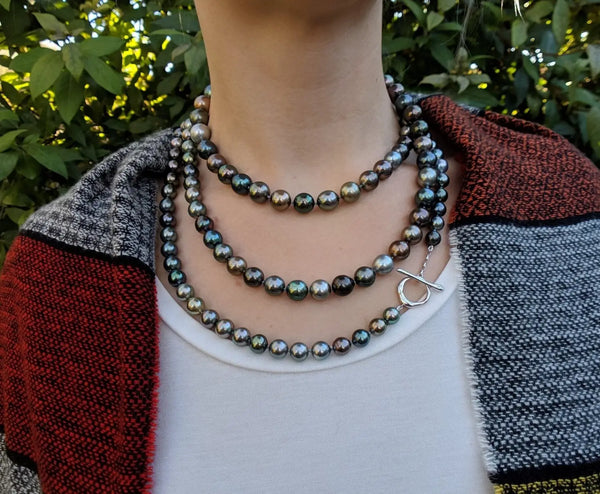
Understanding black pearls can be challenging, especially when it comes to determining their type, making the right choice, and gauging an appropriate price range. Therefore, I've compiled this succinct guide to clarify these aspects, providing straightforward explanations and visual aids. Please note that the prices mentioned pertain to a strand of pearls.
Black Akoya Pearls
Naturally black Akoya pearls are non-existent.
Typically, they are dyed to acquire a color spectrum that varies from black-blue to black-green, usually presenting an exceedingly dark hue. The dye seeps deep into the porous nacre (mother of pearl), even staining the core of the pearl.
However, this process often removes the pearl's natural iridescence, rendering the surface a uniform color with an almost plastic-like shine.
These pearls generally range from 5.0 mm to 10.0 mm in size.
Their market price varies from a few hundred to a couple of thousand dollars, dependent on the size, luster, and cleanliness of the pearls.
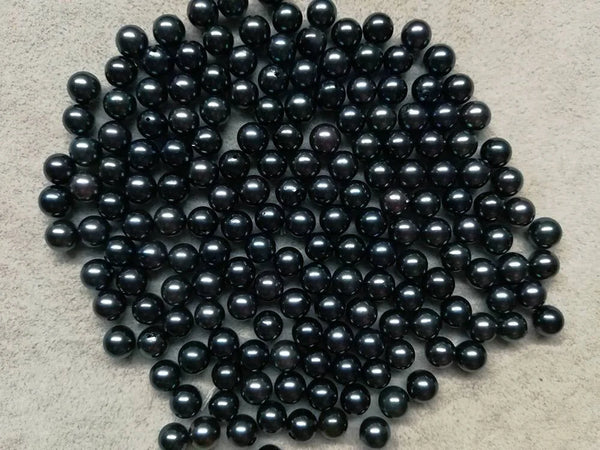
Black Freshwater Pearls
These pearls can either be dyed or irradiated, with the latter yielding a more vibrant and diverse color range.
Irradiated black freshwater pearls can exhibit an intense array of colors, from multicolored peacock and denim blue to purple-pink and rich blue-green, all presenting a unique iridescence. Small black spots are often noticeable on the pearl's surface where the irradiation treatment didn't fully cover.
Dyed black freshwater pearls bear a striking resemblance to dyed black Akoya in terms of color, size, and luster.
Distinguishing between the two types can be done by examining their shape; Akoya pearls are perfectly round, while freshwater pearls range from round to oval.
If in doubt, consider the price - an unusually low price warrants suspicion.
Always scrutinize the credibility of the seller and the quality of their offerings!
The market price of these pearls ranges from a few dollars to several hundred dollars for perfectly round and clean specimens.
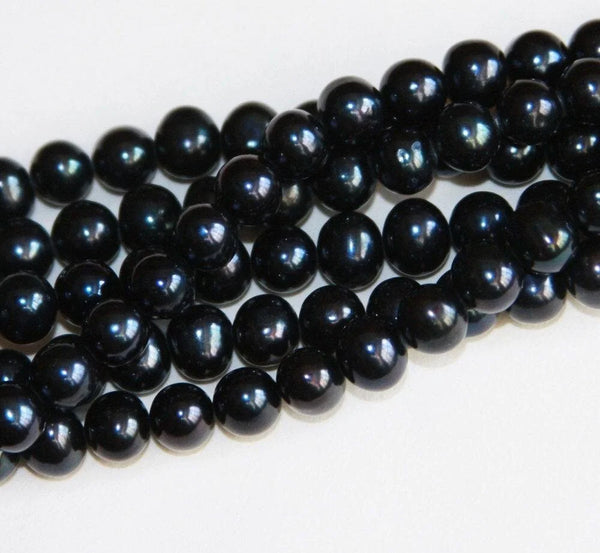
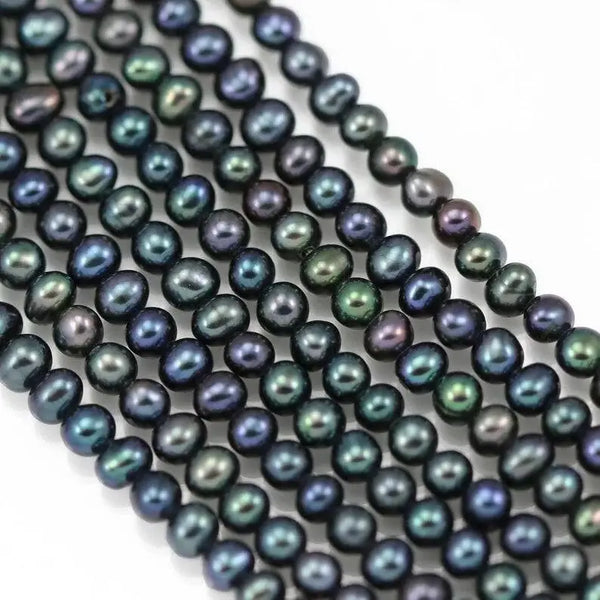
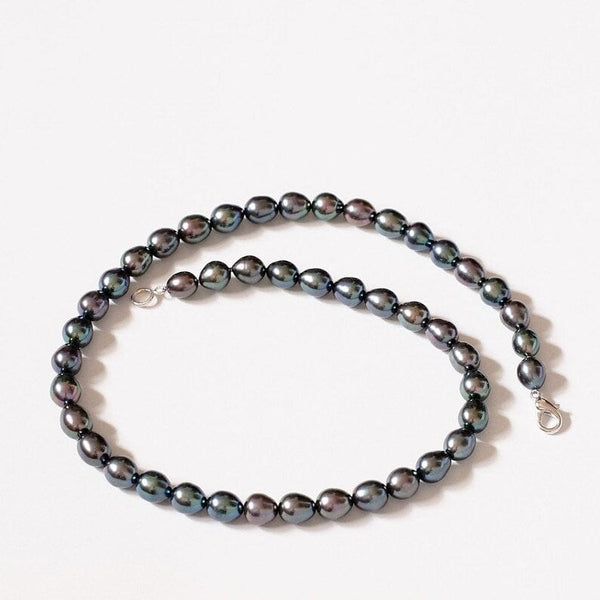
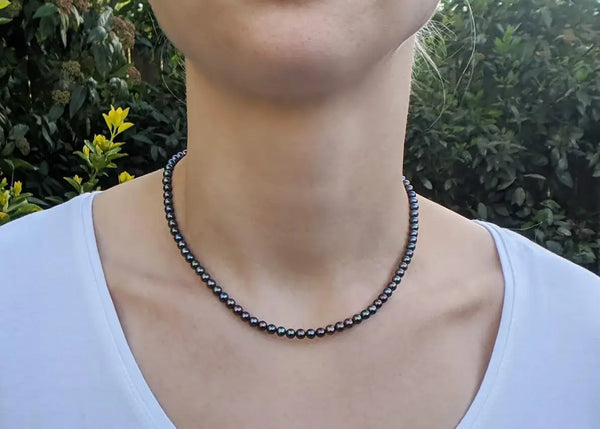
Black Tahitian Pearls
Renowned for their natural dark shades and large sizes (typically from 8 to 15-16 mm), Tahitian pearls are the only naturally black pearls that are farmed and readily available in the jewelry market.
Their surface color varies from light silvery white and light blue to dark gray and intensely black, but dark gray hues with overtones of silver or steel are most common. Other prevalent tones include peacock, green, aquamarine, rose, and eggplant.
The lack of any color-enhancing treatment results in a surface that radiates a subtle yet intense iridescence, showcasing an almost "tangible" luster. This description applies, of course, to high-quality Tahitian pearls.
Their market price spans from $1000 to $3000 for baroque pearls, soaring to $10000 and beyond for round pearls with clean surfaces and excellent luster.
